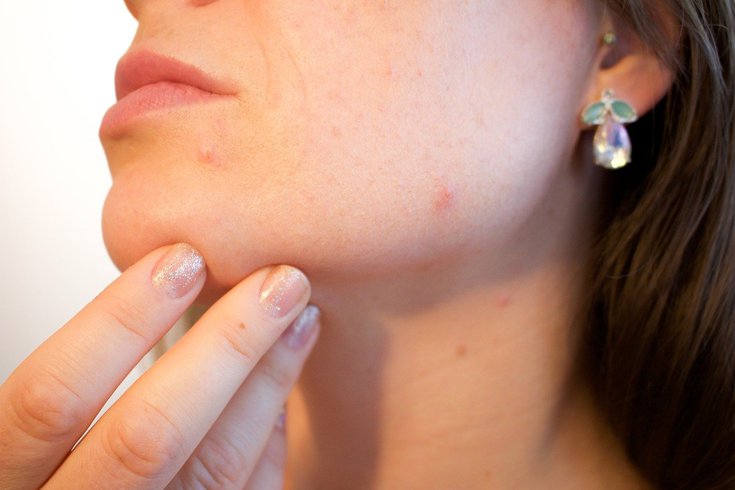
February 16, 2022
 Kjerstin Michaela/Pixabay
Kjerstin Michaela/Pixabay
The fat cells around pimples may play a bigger role in controlling acne-causing bacteria than previously thought, new research shows.
Despite acne being among the most common skin diseases, relatively little research has been conducted to understand its causes and develop new treatments.
It has long been believed that hair follicles play a key role in the development of a pimple. Skin cells can plug hair follicles, blocking the secretion of oil glands and leading to a build up of bacteria inside the follicles. This causes inflammation and the development of acne.
Studies have shown that acne can be caused by a variety of factors, including diet, hormones, genes and the shape of hair follicles. And now a new study suggests that cells outside of hair follicles may play a bigger role in controlling acne-causing bacteria than previously thought.
Researchers said they hope their findings can lead to treatments that effectively treat acne while causing fewer side effects.
About 50 million U.S. residents are affected by acne each year, according to the American Academy of Dermatology.
Currently, the most common prescription treatments include retinoids, which focus on controlling the development of fats and oils in skin cells. However, their use is limited because they can cause birth defects in pregnant people.
Other acne medications include antibiotics such as doxycycline, erythromycin and tetracycline, birth control and benzoyl peroxide.
The cells found outside hair follicles, known as fibroblasts, produce an antimicrobial molecule called cathelicidin, which help suppress the bacteria that can cause acne. These cells also are found in connective tissues throughout the body including bone, cartilage, fat, blood and lymphatic tissue.
The researchers found that skin surrounding an infected hair follicle undergoes a chemical process in which fibroblasts are turned into fat cells, triggering the production of cathelicidin.
"Cathelicidin being so highly expressed in acne biopsy tissue was a very interesting finding to us," said Dr. Richard Gallo, a dermatologist at the University of California, San Diego. "Knowing this will be helpful in developing a more targeted therapy to treat acne."
To better understand the biology of acne, researchers performed skin biopsies on acne patients being treated with retinoids, a class of chemicals known to promote skin health. They found the drug enhanced cathelicidin, which helps explain why retinoids are an effective acne treatment.